An Unusual Employee Engagement Strategy… Add a Cobot?

Posted on Feb 15, 2022 in Collaborative Robots
5 min read time
Employee engagement is more important than ever. But, it's hard to know which employee engagement strategies will work for your people. Adding a cobot might seem counterintuitive, but it can work surprisingly well.
There has never been a better time to improve your employee engagement strategies. According to a new survey, 71% of executives say that employee engagement is critical to their company's success.
The problem is that it's hard to engage employees effectively. In the same survey, 63.3% of companies said that retaining employees is harder than hiring them.
If you want your company to flourish long into the future, now is the time to start doing everything you can to keep your good people.
But, how do you keep good people engaged?
Is employee engagement important?
In a word, yes. Employee engagement is extremely important, especially for manufacturing companies where there is a worrying skills shortage in the industry as it is.
The importance of employee engagement cannot be overstated. We are increasingly living in a world where employees demand their jobs to be interesting and intellectually challenging. One study found that 33% of people looking for a new job stated the reason as "I'm bored and in need of a new challenge."
In manufacturing, this can be tricky. Many of the traditional jobs in manufacturing are not the most interesting. We need to ensure that the jobs themselves give ample opportunities for employees to grow.
How can we help our people to grow?
Finding good strategies for employee engagement
Increasing the opportunities to learn new skills and providing ongoing training is a fundamental factor. When people feel like they are continuing to gain experience that will help them in their future careers, they are more likely to feel engaged with their work.
According to research from the Institute for Employment Studies, "development opportunities" were a high driver of employee engagement.
The research states that there is no clear "one size fits all" when it comes to employee engagement strategies. However, some drivers for engagement are:
- The job is challenging enough with clear goals.
- There is open, clear communication from management.
- People are given autonomy, feeling respected and valued.
- They have or are given the skills to complete the job well.
With the right strategies, you can provide these learning experiences at the same time as improving your company's productivity. With a clear shared goal to improve the operation of the company, your employees can feel ownership of the continued success of the business.
An unusual employee engagement strategy - Add a cobot
What's a great example of an employee engagement strategy?
Adding a collaborative robot!
Now, this might seem like a strange suggestion at first. There is a lot of uncertainty surrounding robotics. People are sometimes afraid that they might lose their jobs to a robot. However, this uncertainty and fear is actually a good reason to suggest adding a cobot as an employee engagement strategy.
The fact is that automation is on the rise in manufacturing. More robots are installed in businesses than ever before. This trend is not going to go away – robots are here to stay.
We have seen time and time again that the companies that are most successful with collaborative robots are those that get their teams on board early. The teams don't just passively accept the robot, they start to take ownership of the robot and get very engaged with it.
Adding a cobot can be so engaging because it provides many of those important drivers to employee engagement:
- People learn new skills to operate and program the robot.
- They see that their ideas and knowledge of the task are appreciated.
- They can see how they are learning skills that will help assure their future career in the industry.
- The robot is applied to dull, repetitive tasks that people didn't like doing anyway.
.jpg?width=733&name=Vincent+Hugo%203%20(1).jpg)
How to find out if adding a cobot could be a good strategy for you
How can you tell if adding a cobot is a good option for your business?
The first step is to look for tasks that could be suitable for a collaborative robot. A good sign is a task that is already quite inefficient and that people do not like performing it manually.
Common tasks in this category include palletizing, machine tending, pick and place, and surface finishing. People often find these tasks dull and repetitive, which they are!
If you can hand such tasks over to a robot — while involving your employees in the deployment process — you can see improvements both in your overall productivity and your employee engagement.
We have extensive examples of applications for cobots from a range of industries including logistics, agriculture, food packaging, and many more.
You can also follow our proven process for assessing potential applications for cobot automation. This will help you to weigh up the tasks that you've been thinking of automating and guide you through the process of evaluating these tasks for suitability.
A popular task to automate for better employee engagement
Want a quick and easy suggestion for a good task to start with?
Palletizing is becoming an extremely popular first choice for companies looking to get started with cobot automation. It is the perfect example of a task that is boring for human workers and tends to be very inefficient when performed manually.
We have seen various examples of companies that have chosen robot palletizing as their first application. By involving their employees throughout the process, they have been able to benefit from those people's great knowledge of the palletizing task and saw their people becoming actively engaged in the cobot deployment.
For more information on our cobot palletizing solution check out our product page for examples of people who have put a palletizing robot into action.
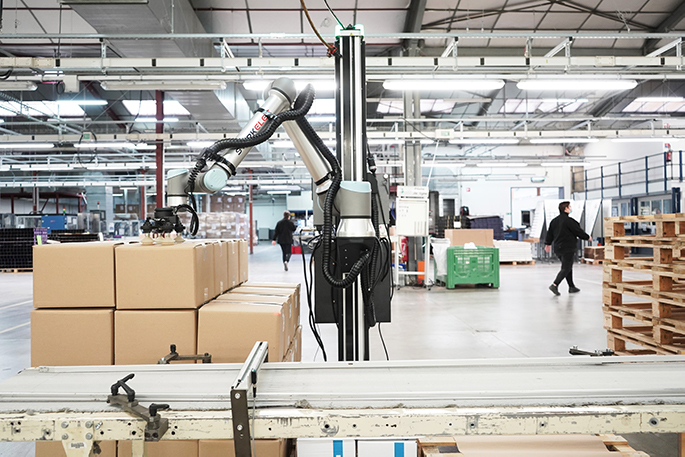
What employee engagement strategies do you use in your business? Tell us in the comments below or join the discussion on LinkedIn, Twitter, Facebook, or the DoF professional robotics community.


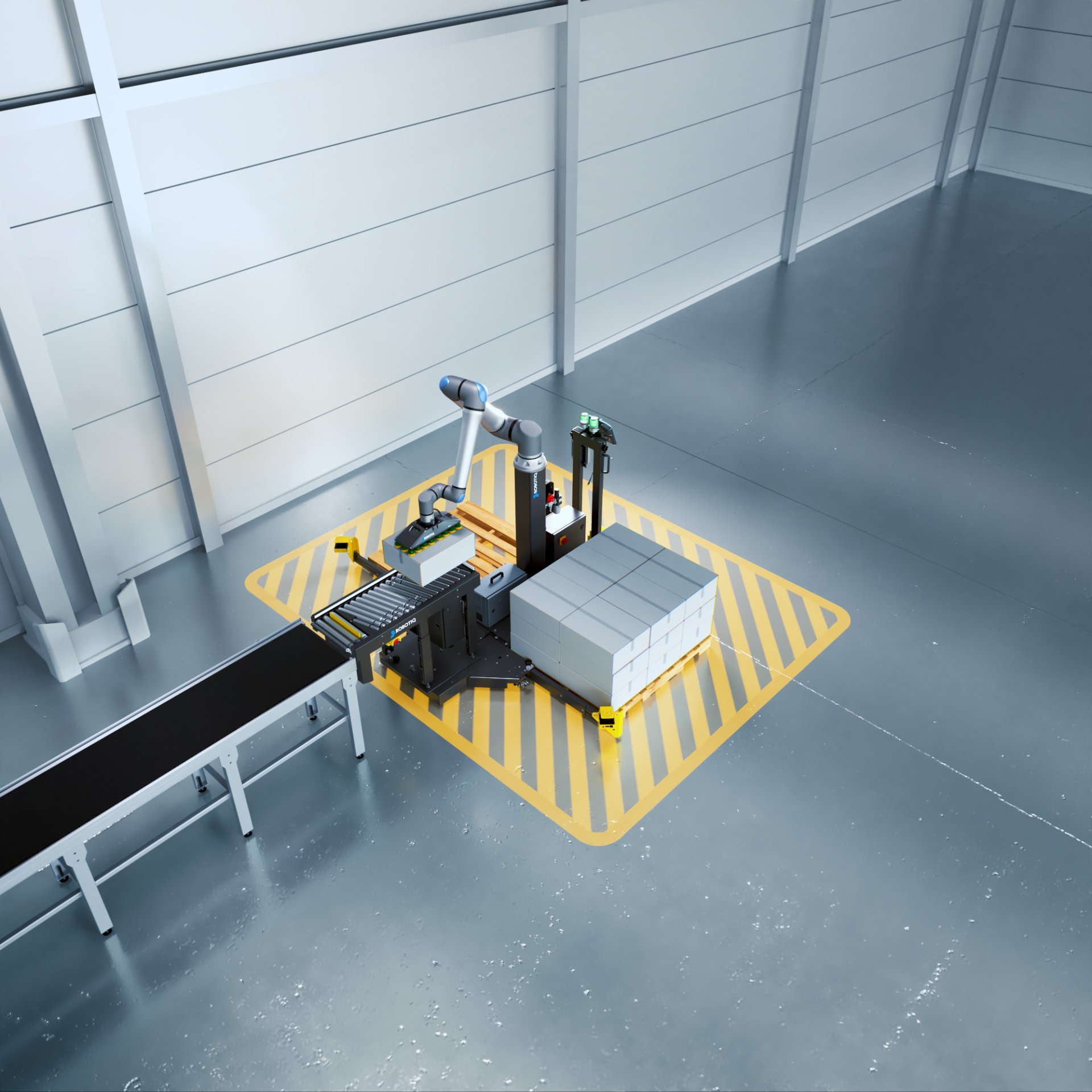

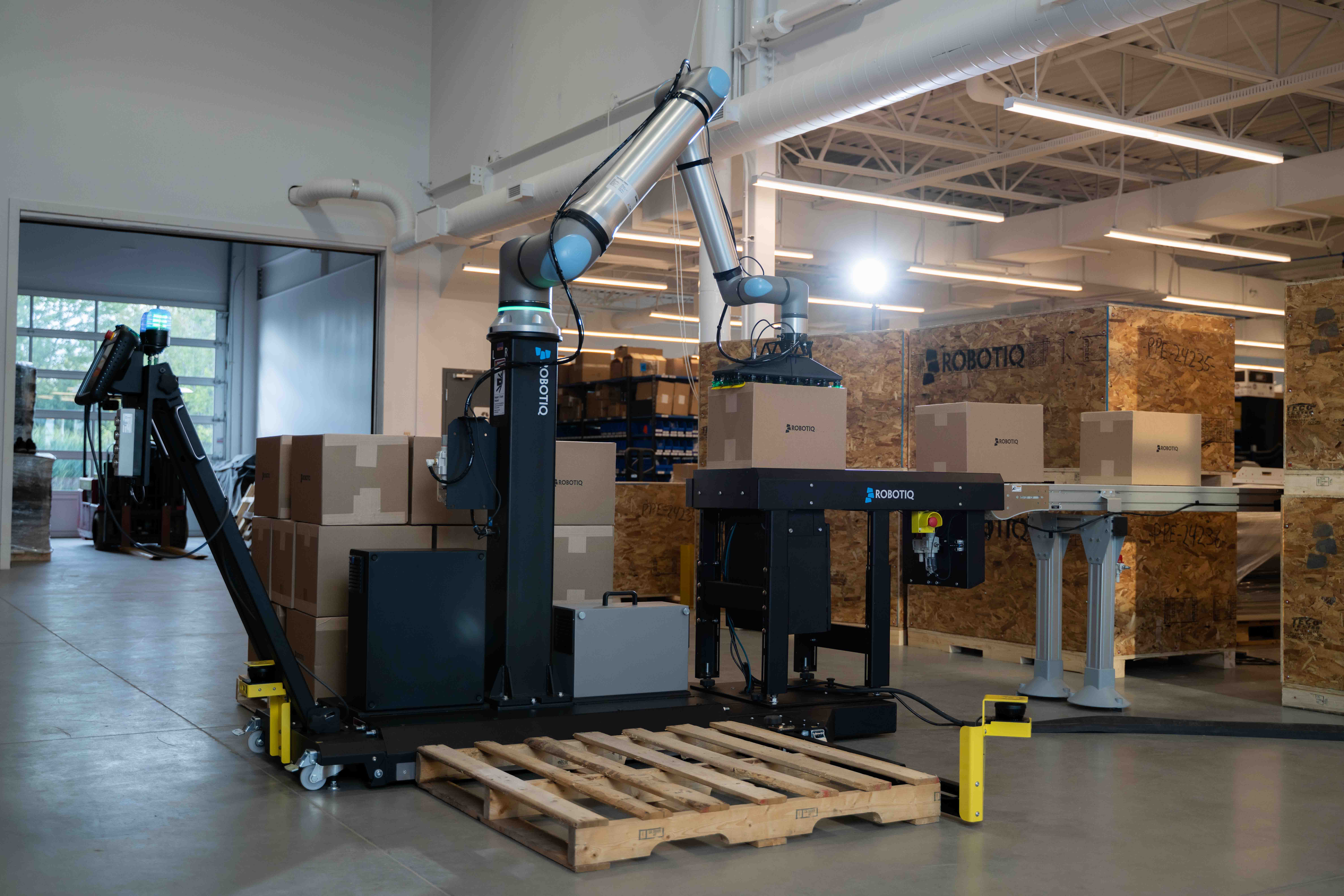
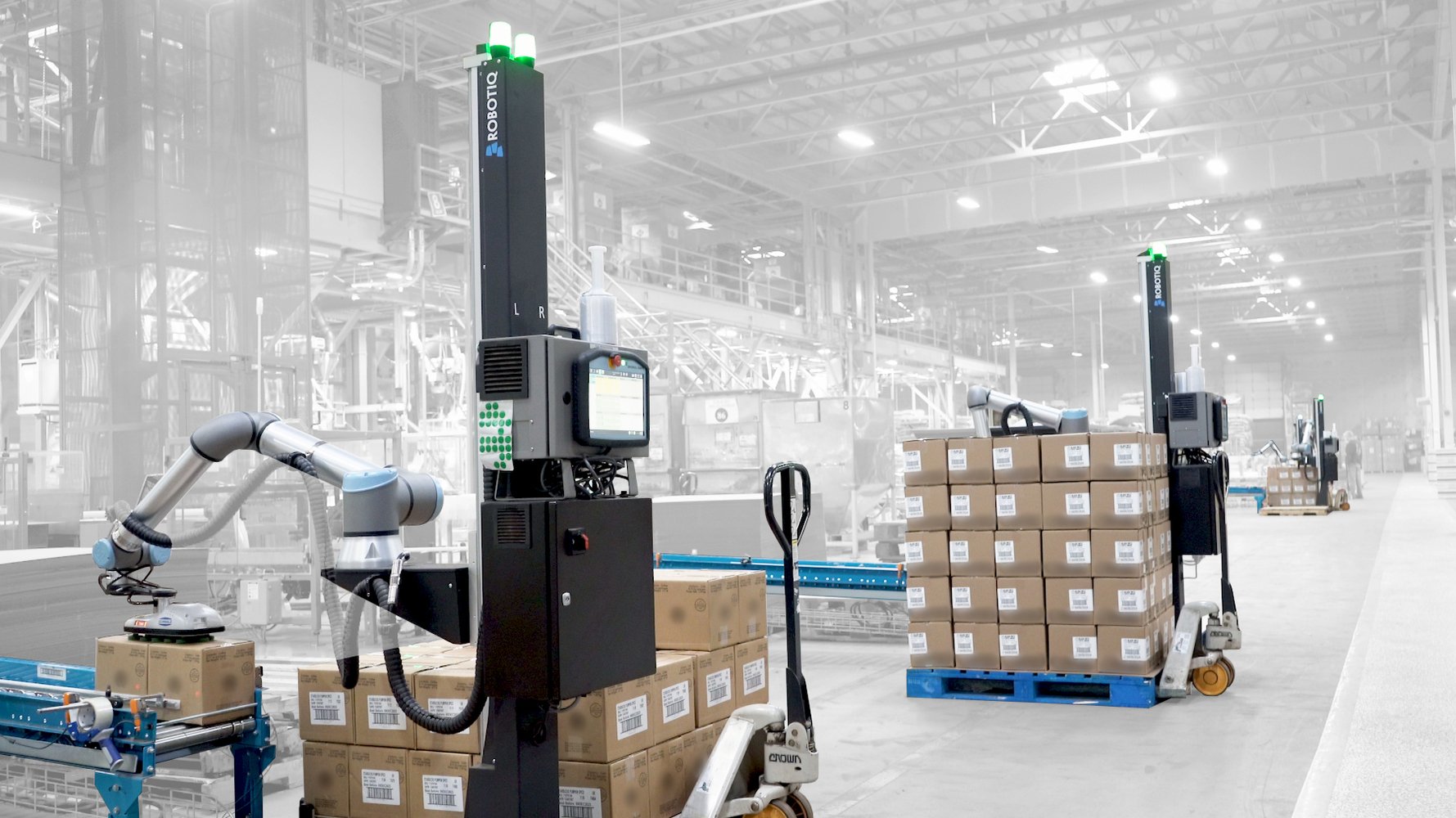
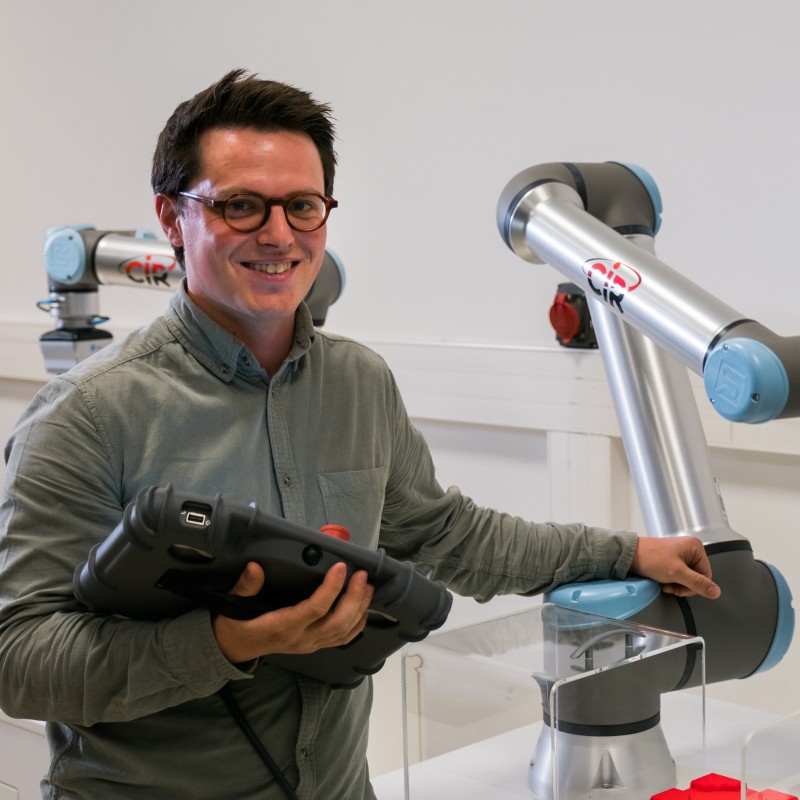
Leave a comment